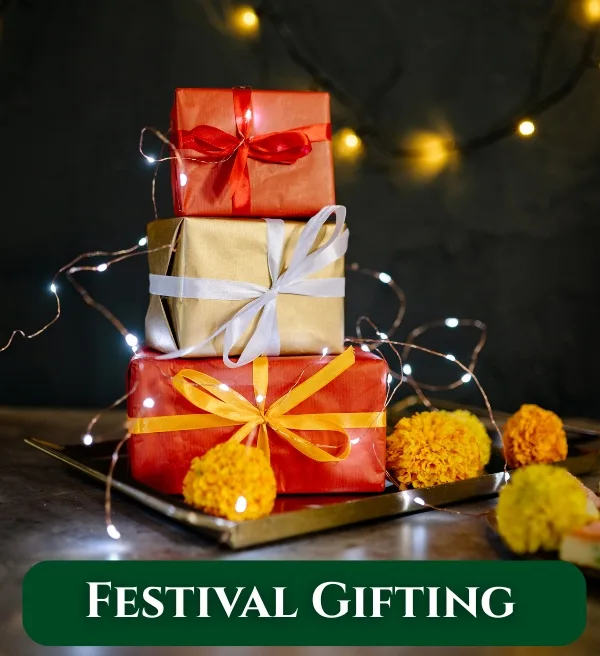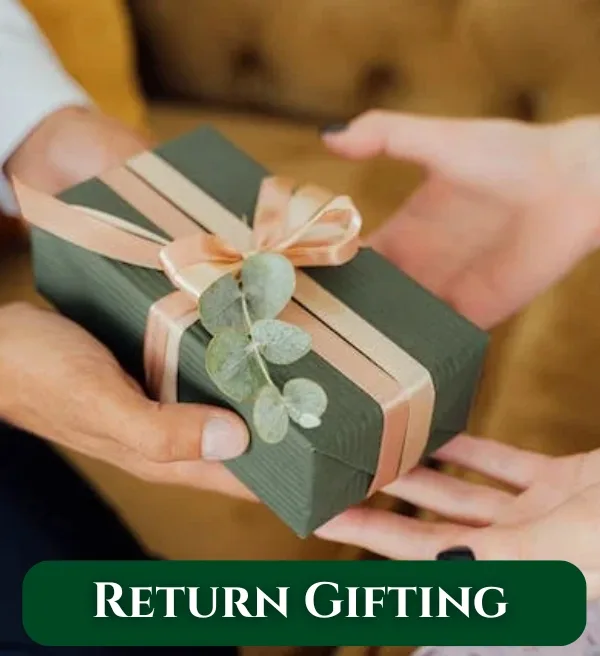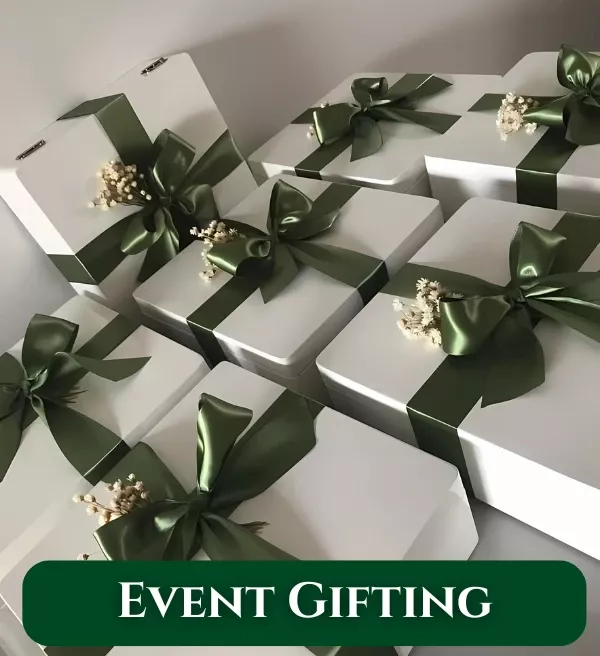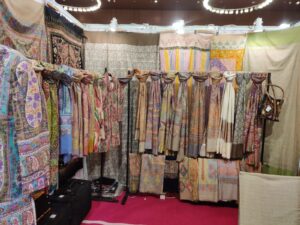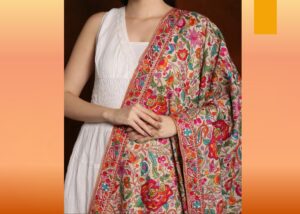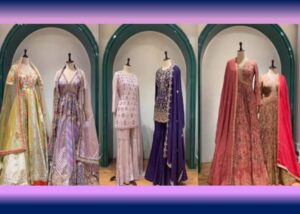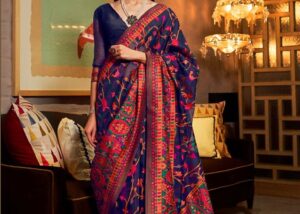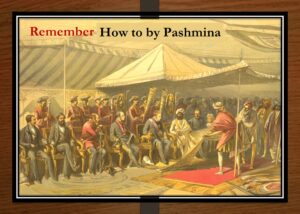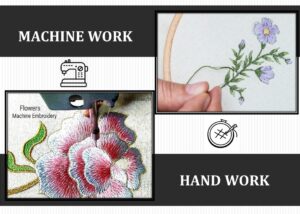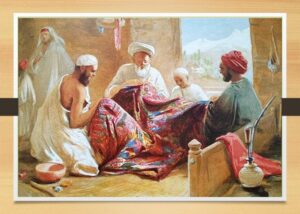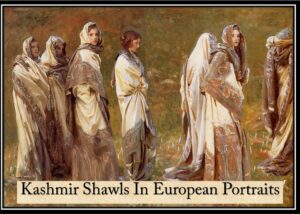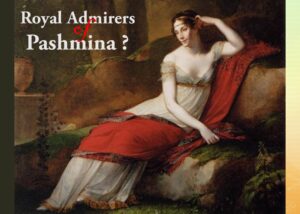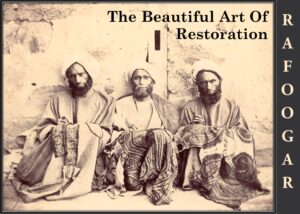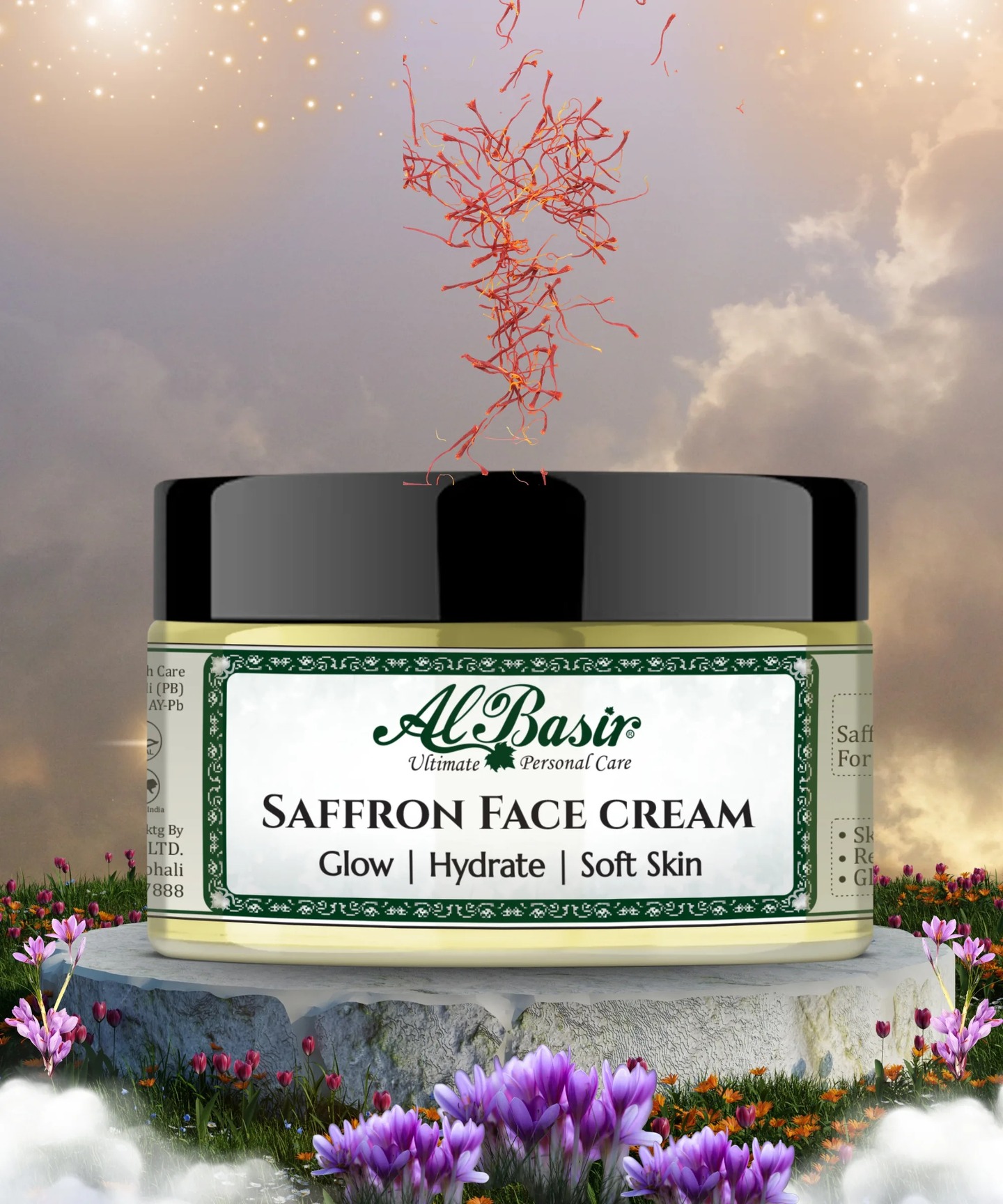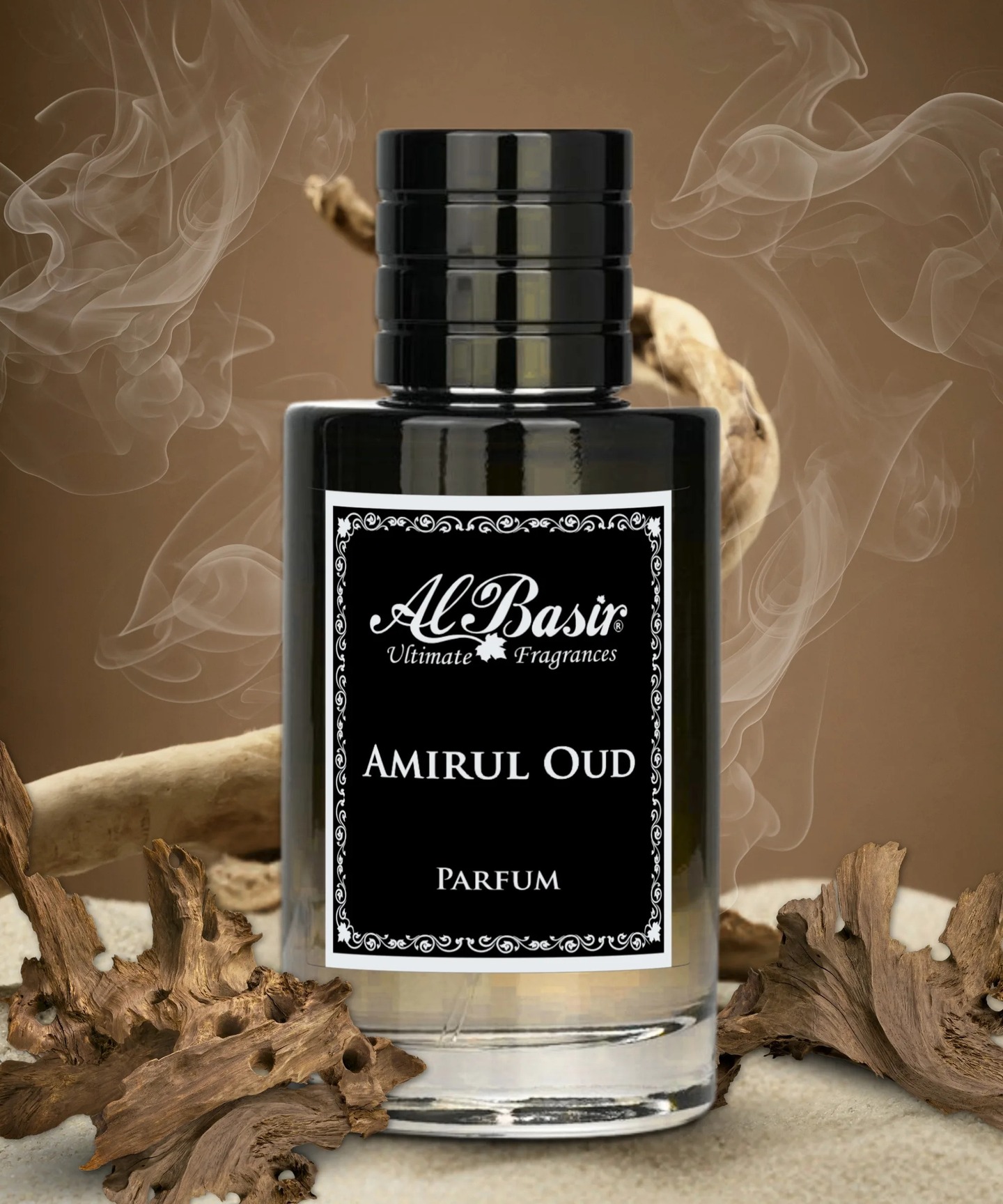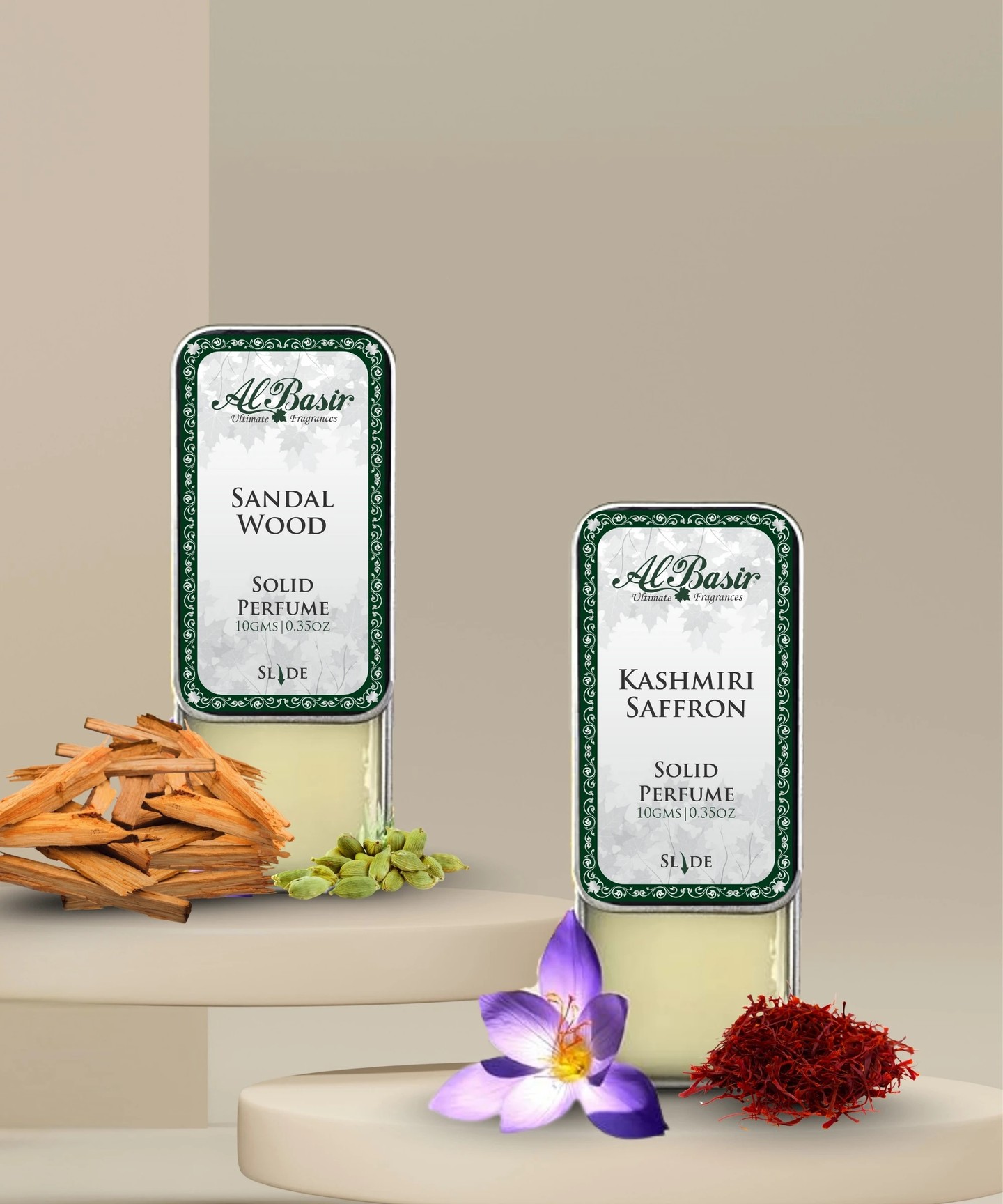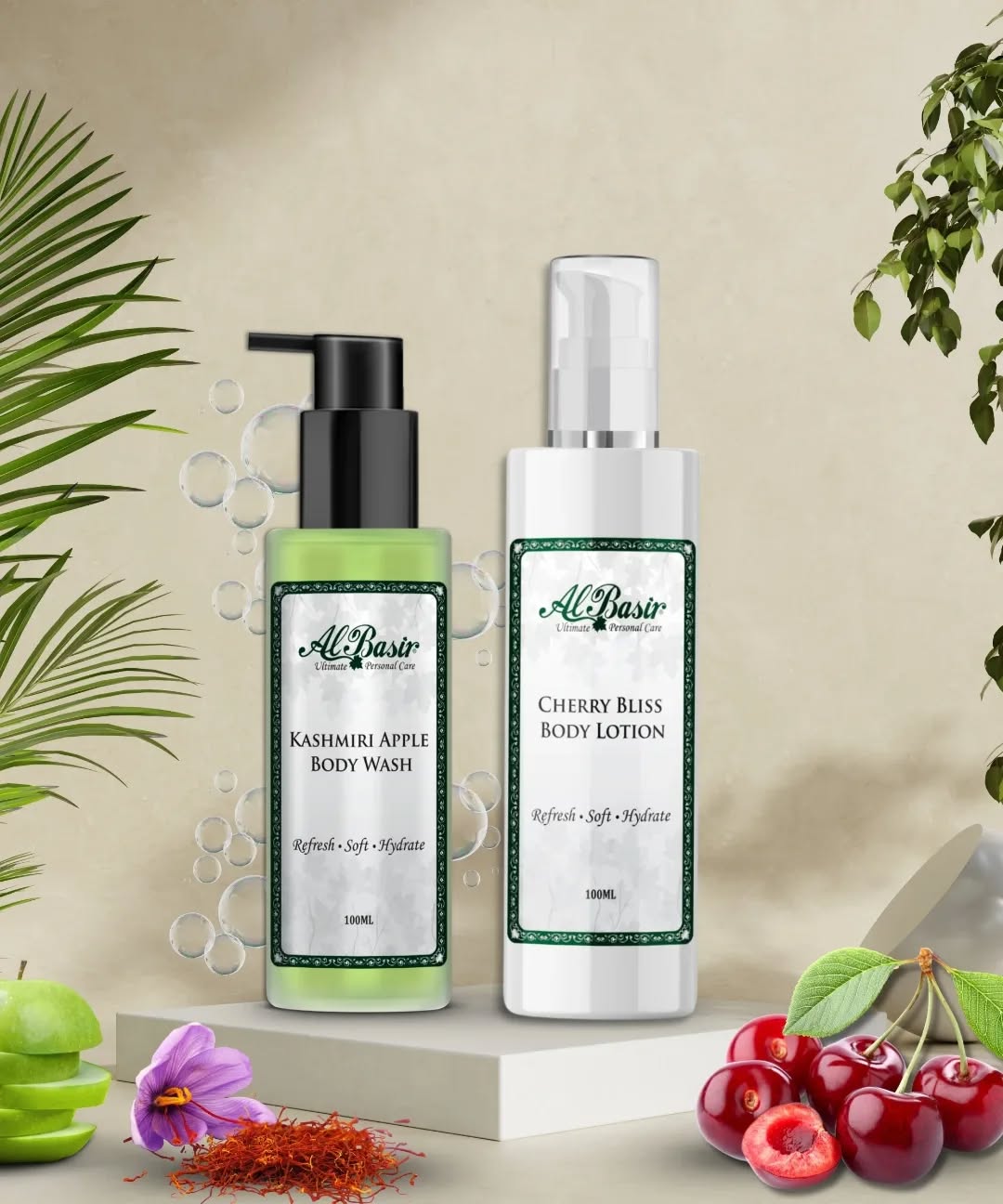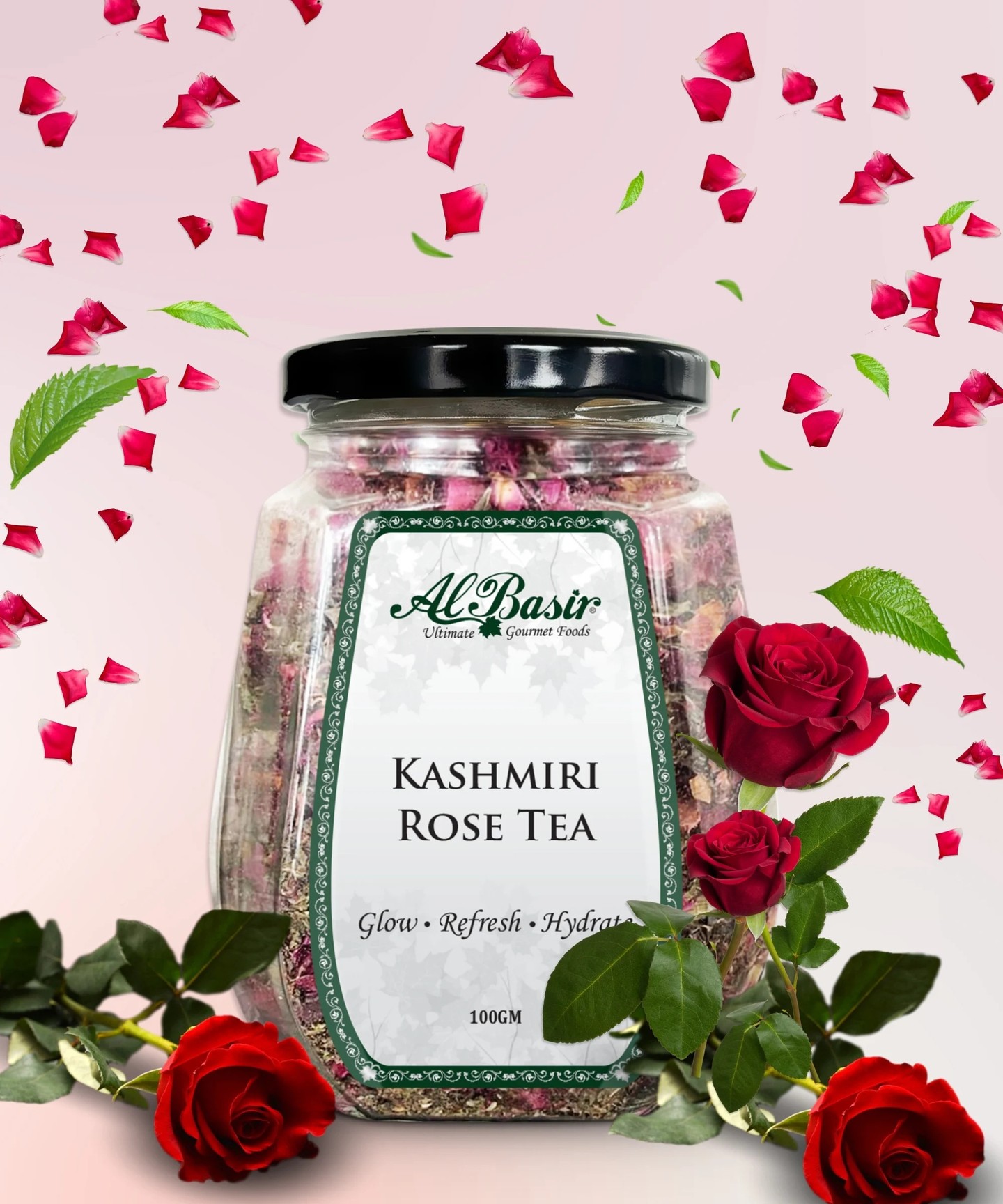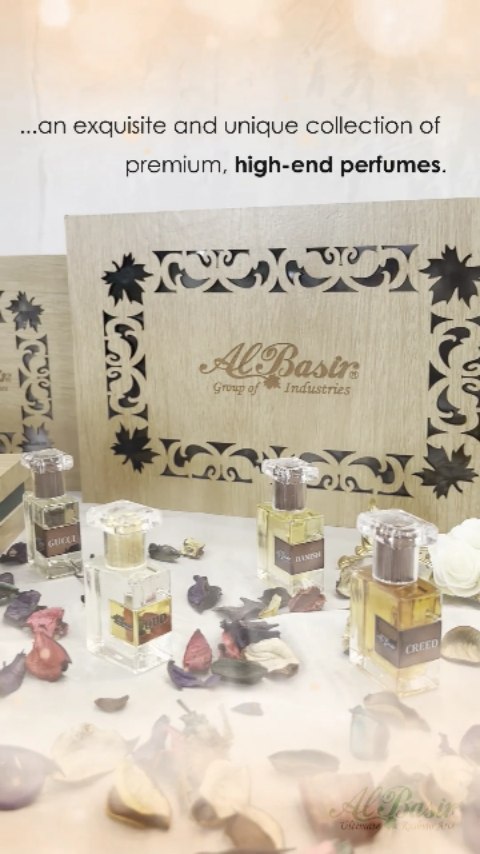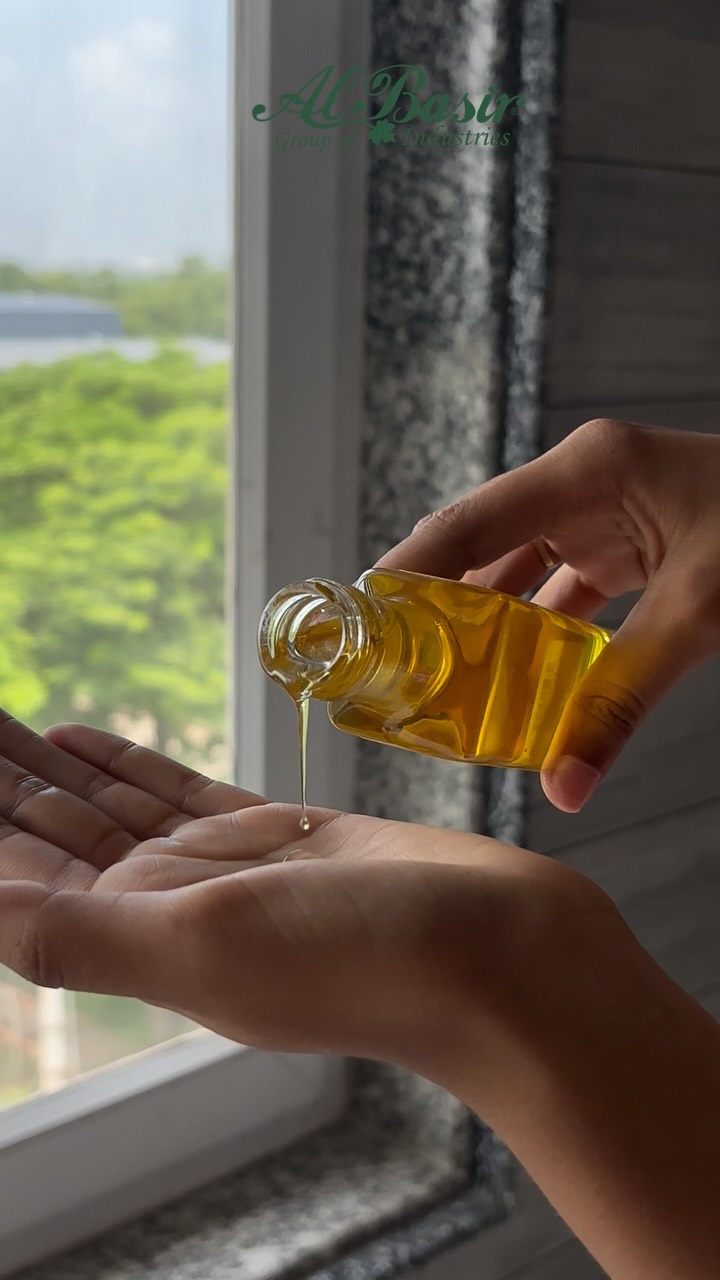How to use fashion accessories

Pashmina Shawls:
- Placement: Drape the shawl evenly over your shoulders, ensuring it hangs symmetrically down your back.
- Adjustment: Arrange the shawl to your liking, whether you prefer it loosely draped or wrapped snugly around your shoulders.
- Styling: Experiment with different ways of wearing the shawl – you can let it hang freely, wrap it around your neck like a scarf, or even use a brooch to secure it in place.
- Occasion: Choose a shawl appropriate for the occasion – opt for lighter fabrics for warmer weather and thicker, warmer materials for colder climates.
- Care: Follow care instructions for cleaning and storing your shawl to maintain its quality and appearance over time.
- Accessorizing: Pair your shawl with complementary accessories such as jewelry or a belt to enhance your outfit.

- Versatility: Embrace the versatility of a shawl by wearing it casually with jeans or dressing it up for formal events.
Draping Styles of Shawl –
Shoulder Drape:
- Hold the shawl horizontally behind your back with both hands, ensuring that the fringes (if any) are even on both sides.
- Bring the shawl around your shoulders, letting it drape naturally.
- Adjust the fabric so that it falls evenly on both sides, covering your arms and upper body.
- You can leave it loose for a casual look or use a shawl pin or brooch to secure it in place for a more formal appearance.

Classic Wrap:
- Fold the shawl in half horizontally to create a triangle.
- Place the folded edge of the triangle around the back of your neck, with the two ends hanging down in front.
- Take one end and wrap it around your shoulders, bringing it across your chest to the opposite side.
- Repeat the same with the other end, crossing it over the first end and bringing it around your shoulders to the opposite side.
- Adjust the shawl so that it drapes evenly and covers your shoulders and upper body.

Looped Wrap:
- Start by folding the shawl in half horizontally to form a triangle.
- Place the folded edge of the triangle around the back of your neck, with the two ends hanging down in front.
- Take one end and loop it around your neck, bringing it back to the front.
- Repeat the same with the other end, crossing it over the first loop and bringing it back to the front.
- Adjust the loops and the fabric so that it drapes nicely around your neck and shoulders.
Belted Wrap:
- Start with the classic wrap as described above.
- Once you’ve wrapped the shawl around your shoulders, secure it in place with a thin belt around your waist.
- Adjust the fabric so that it drapes nicely over the belt, creating a more structured and tailored look.

Cape–
- Fashion Statement: Capes are often worn as stylish outerwear, adding flair to any outfit. They can be a versatile addition to formal attire or a trendy accessory for casual wear.
- Costume: Capes are iconic elements of many costumes, from superheroes to historical figures. They can instantly transform your look for costume parties or themed events.
- Weather Protection: Capes provide warmth and protection from the elements. They can be particularly useful in chilly or windy weather, offering coverage without the bulk of a coat.
- Travel Companion: A lightweight cape can be a practical travel accessory. It can serve as a blanket on long flights, a makeshift pillow, or even as a cover-up for modesty while changing clothes.
- Photography Prop: Capes can add drama and elegance to photo shoots, whether for professional portraits or creative projects. They create movement and visual interest, enhancing the overall composition of the image.
- Stage Performances: Capes are frequently used in theater productions and dance performances to create dramatic entrances, convey character traits, or emphasize movements.
- Ceremonial Wear: Capes have a long history of being worn during ceremonies and formal events. They can symbolize authority, prestige, or tradition, depending on the context.
- Cosplay: Fans of various fictional universes often incorporate capes into their cosplay outfits, paying homage to their favorite characters from movies, books, or video games.
- Maternity Wear: Maternity capes provide expectant mothers with stylish and comfortable outerwear options that accommodate their changing bodies while keeping them warm and fashionable.
- Therapeutic Use: In some alternative therapies, capes or similar garments are used for sensory integration or relaxation purposes, providing comfort and security to individuals with sensory processing issues or anxiety.

Potli Clutches & handbags-
Clutch–
Clutches serve as versatile accessories that offer both style and functionality in various situations. Here are some common uses of clutches:
- Evening Events: Clutches are perfect for formal occasions such as weddings, galas, or cocktail parties. They complement elegant attire and provide a chic way to carry essentials like a phone, lipstick, and keys without weighing down the outfit.
- Dinner Dates: When going out for dinner or a romantic evening, a clutch is an ideal accessory. It adds a sophisticated touch to the ensemble and holds essential items while keeping hands free for dining and socializing.
- Special Occasions: Whether attending a graduation ceremony, a charity event, or a red carpet affair, a clutch is a stylish accessory that completes the look. It adds a dash of glamour and elegance to any outfit, making a memorable impression.
- Traveling Light: Clutches are perfect for occasions when traveling light is essential. They offer just enough space for necessities like ID, credit cards, and cash, making them convenient for sightseeing, shopping trips, or nights out while on vacation.

Potlis:
Potlis, with their roots deeply embedded in Indian tradition, serve a variety of purposes:
- Traditional Attire: Potlis are often paired with traditional Indian outfits like sarees, lehengas, and salwar suits, adding a touch of elegance and sophistication to the ensemble. They are draped over the arm or carried by hand to complement the attire.
- Special Occasions: Potlis are popular choices for special occasions such as weddings, festivals, and cultural events. They serve as exquisite accessories for ceremonial wear, symbolizing tradition and festivity. Additionally, they are often used as gift packaging or wedding favors, presenting small tokens of appreciation with grace.
- Statement Pieces: Potlis make bold fashion statements with their intricate embroidery, vibrant colors, and unique designs. They add a pop of personality to an outfit and are perfect for those looking to make a stylish impression.
- Versatile Styling: Potlis offer versatile styling options, from draping them over the shoulder to carrying them in hand. They adapt to various fashion preferences and occasions, allowing for effortless accessorizing.

Handbags:
Handbags are practical accessories designed for everyday use, offering convenience and functionality:
- Everyday Essentials: Handbags are indispensable for carrying daily essentials such as wallets, keys, phones, and cosmetics. They provide storage and organization, ensuring that essential items are within reach at all times.
- Fashion Statements: Handbags serve as fashion statements, reflecting personal style and taste. They come in a variety of styles, sizes, and designs, ranging from tote bags to crossbody bags to backpacks, allowing individuals to express themselves through their choice of accessory.
- Work and Travel: Handbags are essential companions for work and travel, accommodating laptops, documents, water bottles, and other necessities. They combine fashion with function, ensuring that individuals are both stylish and prepared for any situation.
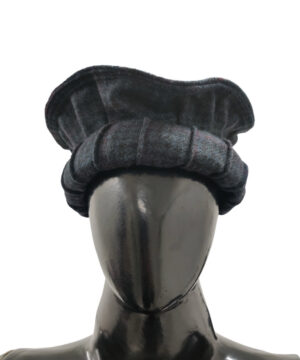
Caps–
- Sun Protection: Caps with brims provide shade for the face and eyes, helping to protect against harmful UV rays. They’re essential for outdoor activities like hiking, fishing, or attending sporting events.
- Fashion Statement: Caps come in a wide range of styles, colors, and designs, allowing wearers to express their personal style and add a trendy touch to their outfits.
- Sports and Athletics: Caps are standard attire for athletes and sports enthusiasts. They often feature team logos or colors and help keep sweat out of the eyes during intense physical activity.
- Casual Wear: Caps are perfect for everyday casual wear, whether running errands, hanging out with friends, or going for a leisurely stroll. They add a laid-back, sporty vibe to any ensemble.
- Travel Companion: Caps are practical travel accessories, offering sun protection and helping to keep hair under control during long journeys. They’re also useful for concealing “travel hair” after a long flight or road trip.
- Brand Promotion: Caps with logos or slogans are popular promotional items for businesses, organizations, and events. They serve as walking advertisements, increasing brand visibility and recognition.
- Weather Protection: In addition to shielding from the sun, caps can provide some protection from light rain or snow, helping to keep the head dry and comfortable in inclement weather.
- Workwear: Caps are often part of the uniform for workers in various industries, including construction, landscaping, and hospitality. They help protect against debris, sun exposure, and other occupational hazards.

Necklace-
- Accessorizing Outfits: Necklaces are a fundamental accessory for enhancing and completing outfits. They can add flair, elegance, or a pop of color to an ensemble, depending on their style and design.
- Statement Pieces: Certain necklaces are designed to be statement pieces, drawing attention and becoming focal points of an outfit. These may feature bold designs, oversized pendants, or intricate detailing, making them stand out and elevating the overall look.
- Layering: Layering necklaces has become a popular trend in fashion. It involves wearing multiple necklaces of varying lengths and styles together to create a personalized and eclectic look. This trend allows for creativity and self-expression in styling.
- Trend Exploration: Necklaces are versatile fashion accessories that can be easily swapped out to explore different trends and styles.

Tie–
- Formal Attire: Ties are commonly worn with formal attire, such as suits, to add a polished and professional look. They are often required in business settings, formal events, and ceremonies.
- Fashion Statement: Ties can be used to express personal style and make a fashion statement. They come in various colors, patterns, and materials, allowing individuals to showcase their personality through their choice of tie.
- Symbol of Authority: In certain professions, such as law, politics, and business, wearing a tie can symbolize authority, professionalism, and competence. It’s often seen as a sign of respect and credibility.
- Uniform: Ties are part of the uniform for many organizations, including schools, military branches, airlines, and hotels. They help to create a sense of unity and belonging among members of the organization.
- Accessories: Ties can also be repurposed as accessories in creative ways. For example, they can be used as headbands, belts, or even as decorative elements in home décor.
- Cultural Significance: In some cultures, ties hold cultural significance and may be worn for traditional ceremonies or celebrations. They can symbolize heritage, status, or religious affiliation.
- Practical Uses: Ties can serve practical purposes beyond fashion. For example, they can be used as makeshift straps, tourniquets, or to secure items together in a pinch.

Watch–
- Timekeeping: Of course, the primary function of a watch is to tell time. Whether it’s a traditional analog watch with hands or a digital watch with numerical displays, watches are convenient tools for keeping track of time throughout the day.
- Fashion Accessory: Watches are often worn as fashion accessories, complementing an individual’s personal style and enhancing their overall appearance. There are countless designs, styles, and brands available, allowing wearers to express their unique sense of fashion.
- Status Symbol: In many cultures, wearing a luxury or high-end watch is seen as a symbol of status, wealth, and success. Certain watch brands and models are highly coveted for their prestige and exclusivity, making them sought-after status symbols among affluent individuals.
- Functional Features: Many watches offer additional functional features beyond basic timekeeping. These may include chronograph (stopwatch) functions, alarms, calendars, timers, and even built-in calculators or fitness tracking capabilities.
- Sports and Outdoor Activities: Watches designed for sports and outdoor activities often include specialized features to cater to the needs of athletes and outdoor enthusiasts. These may include water resistance for swimming and diving, shock resistance for rugged terrain, and built-in compasses or GPS for navigation.
- Professional Use: Watches are essential tools for professionals who rely on precise timekeeping in their work, such as pilots, divers, sailors, and military personnel. Specialized watches designed for these professions often include specific features tailored to their needs.
- Personal Organization: Watches can help individuals stay organized and punctual throughout their daily routines. By having a constant reminder of the time on their wrist, people can better manage their schedules, appointments, and deadlines.
- Historical and Collectible Value: Watches hold historical significance and can be valuable collectibles for enthusiasts. Vintage and antique watches, especially those with unique designs or mechanical complications, are prized by collectors and can appreciate in value over time.
- Gifts and Sentimental Value: Watches are popular gifts for special occasions such as graduations, anniversaries, and birthdays. They can hold sentimental value and serve as cherished reminders of important milestones, relationships, and memories.
- Tradition and Ritual: Watches may be worn as part of tradition or ritual in certain cultures and ceremonies. For example, a watch passed down through generations can carry familial significance and be worn as a symbol of heritage and continuity.










